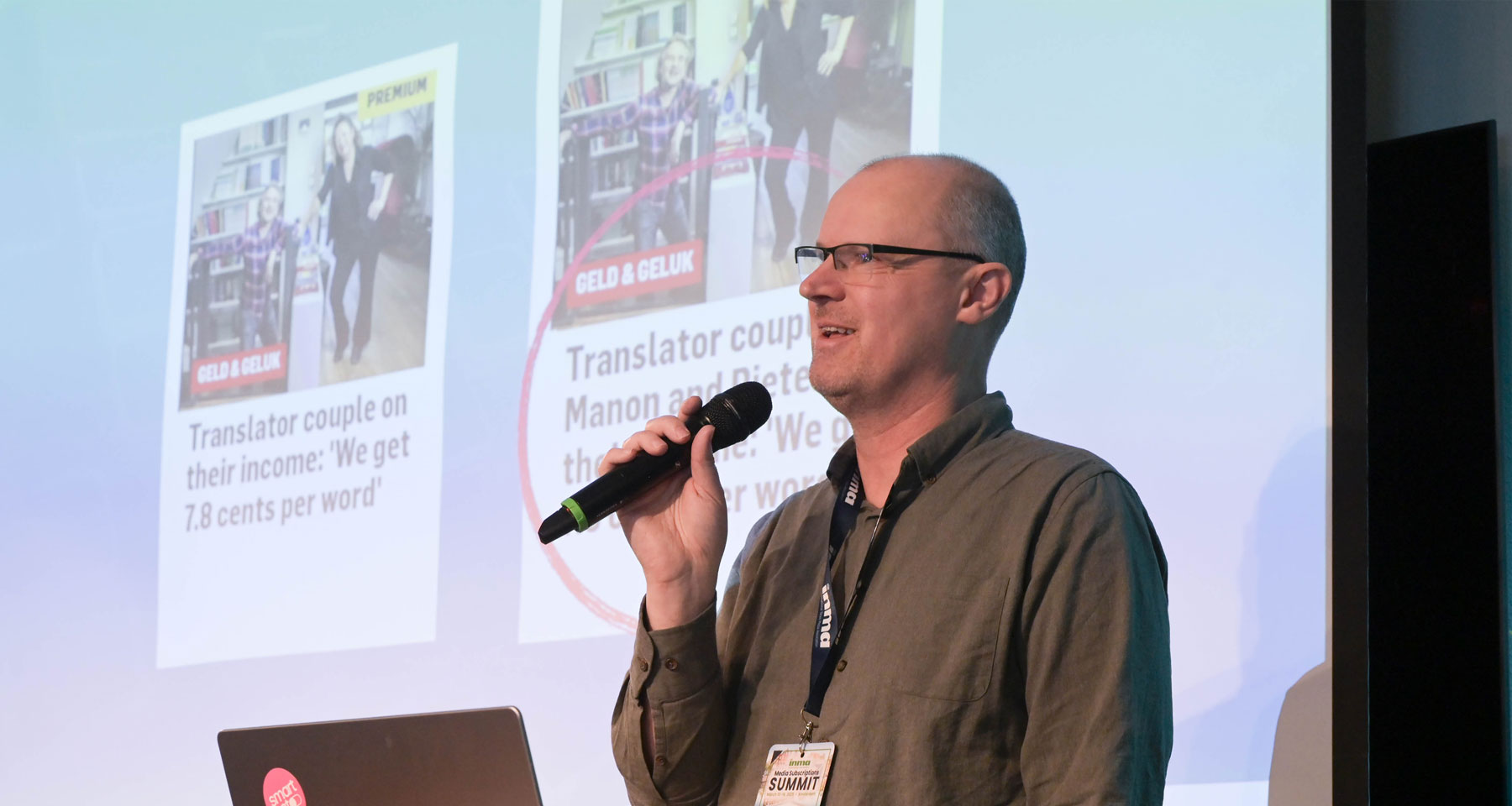ChatGPT a year on and it’s clear not all AI is created equal
Big Data For News Publishers | 19 November 2023
On November 30, 2022, OpenAI let ChatGPT loose on the world. In the year that has passed since then, the news industry has been consumed by discussions around the implications and transformative power of generative AI.
By November 2023, it felt like the industry was finally settling into a fairly constructive work mode around AI. At Google’s annual event, Newsgeist, which was recently held in Italy, there were lots of discussions around the principles that should govern AI use in newsrooms. But, as someone noted: “Until you have a problem to solve, there’s no requirement to use an AI tool.”
For United Robots, where we’d been working in the AI/newsroom space for years when ChatGPT came along, the past year has been a bit of a mixed bag.
AI becomes an overnight sensation
Suddenly, everyone was talking about AI. We spent years trying to get our message through about the benefits of AI and automation. Then, the topic went from niche to mainstream virtually overnight.
A case in point: When AP launched its Local News AI initiative in August 2021, it struggled to get newsrooms to even answer a basic survey. “Two years on, we heard back from at least six newsrooms, who demurred to take our first survey, ask how they can get involved with our work,” said AP AI Product Manager Ernest Kung, at a project presentation recently.

There was bemusement at the early frenzy. The discussion was pretty black-and-white early in the year: Will AI make or break the news industry? Is it saviour or enemy?
We had heard much of it before. In my first INMA blog post of 2023, I felt obliged to point out that it’s neither: AI is a tool, and publishers are in the driver’s seat.
There’s also been confusion around what’s what. For United Robots, the most challenging aspect of 2023 has been working out where we stand in this new world of ubiquitous generative AI. Our portfolio products are not built on generative AI, but on the more established rules-based type of AI. The latter has, relatively uncontroversially, been used for various newsroom tasks for years, including by early movers in automated content, such as AP.
But today, while the two types differ in significant ways, there is generally no distinction made between the two when news publishers, or even industry experts, discuss AI.
Not all AI is created equal
United Robots builds text robots using rules-based AI, and our company sells the automated content produced. The raw material is structured, verified data — meaning only facts available in the data set end up in the text. Hallucinations cannot happen because, as Media Analyst Thomas Baekdal put it recently, the type of AI we build is journalistically limited by design.
In contrast, generative AI based on current large language models, like ChatGPT, simply look for language patterns to create texts, and they are inherently unable to distinguish between fact and fiction.
I recently chatted with one of our earliest clients in Norway, who admitted that when ChatGPT came along, he’d worried automated content as produced by United Robots would soon be “yesterday’s news.” A year on, he’s changed his view: “I’ve spent a year testing and trying to prompt my way to reliable texts in ChatGPT, but at this point it can’t be done. Whereas, I know we can trust texts produced with rules-based AI, as we’ve done for several years already.”
Differentiators of rules-based AI for text generation
There are some common basic values created by any type of AI use in newsrooms, such as freeing up journalists’ time, creating efficiencies, and producing more and better journalism.
However, when it comes to text generation, publishers need to tread carefully. Indeed, many of the sets of guidelines around the use of generative AI created by newsrooms in the past year state specifically that text generation must not be done using generative AI.
So how is rules-based AI different? There are two main things:
- Accuracy: As mentioned above, texts are created from sets of structured, verified data. The design of the tech means nothing outside the data set can end up as “fact” in the story.
- Transparency: Because the texts are based on specific data sets, the sourcing is transparent. And, consequently, if there’s a mistake or question, it’s possible to trace it back to the source. Large language models, on the other hand, use deep learning to create text based on existing text; in the case of GPT-3, this is based on 175 billion parametres of human language drawn from the internet. It’s impossible to know what sources are used, and whether they are even real.
Because of the reliability and predictability of our rules-based AI, our publisher partners are able to publish the texts automatically — something that should never be done with texts produced by generative AI. (At United Robots, we’re currently exploring creating a newsroom workflow tool built on generative AI, in parallel to our existing portfolio products.)
It’s hard to imagine where we’ll be in another year’s time — and I’m just talking about AI, of course. This year, the AI discussion in the news industry has had a predominantly inside-out perspective. In the year to come, I look forward to us all addressing the impact of AI in a context beyond the newsroom and its work.






























